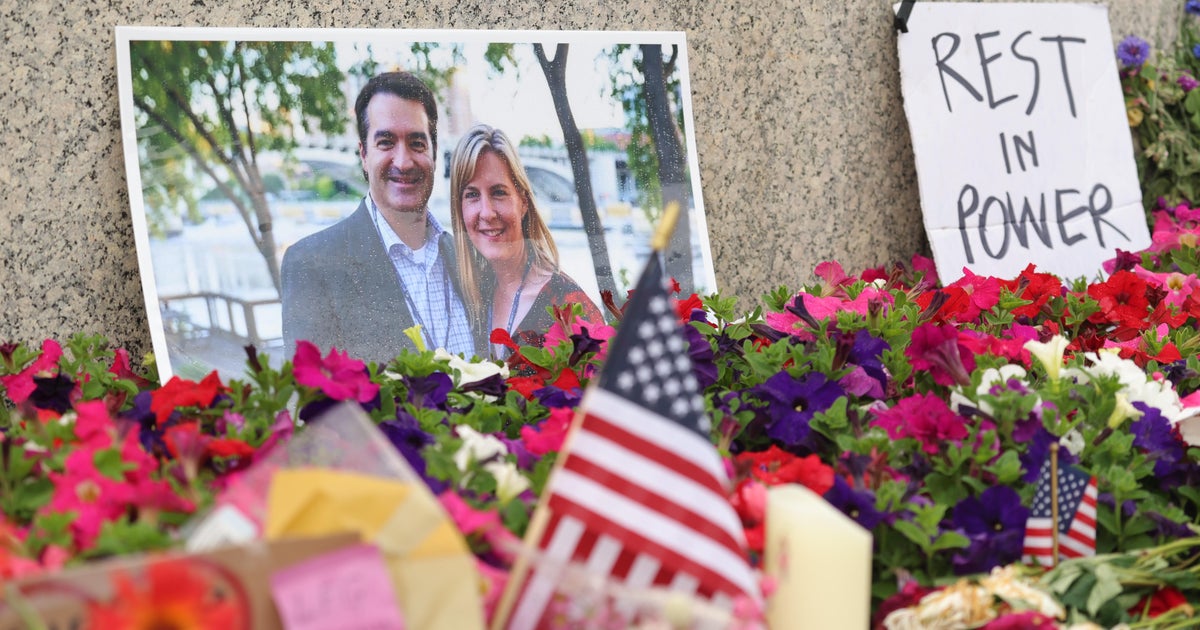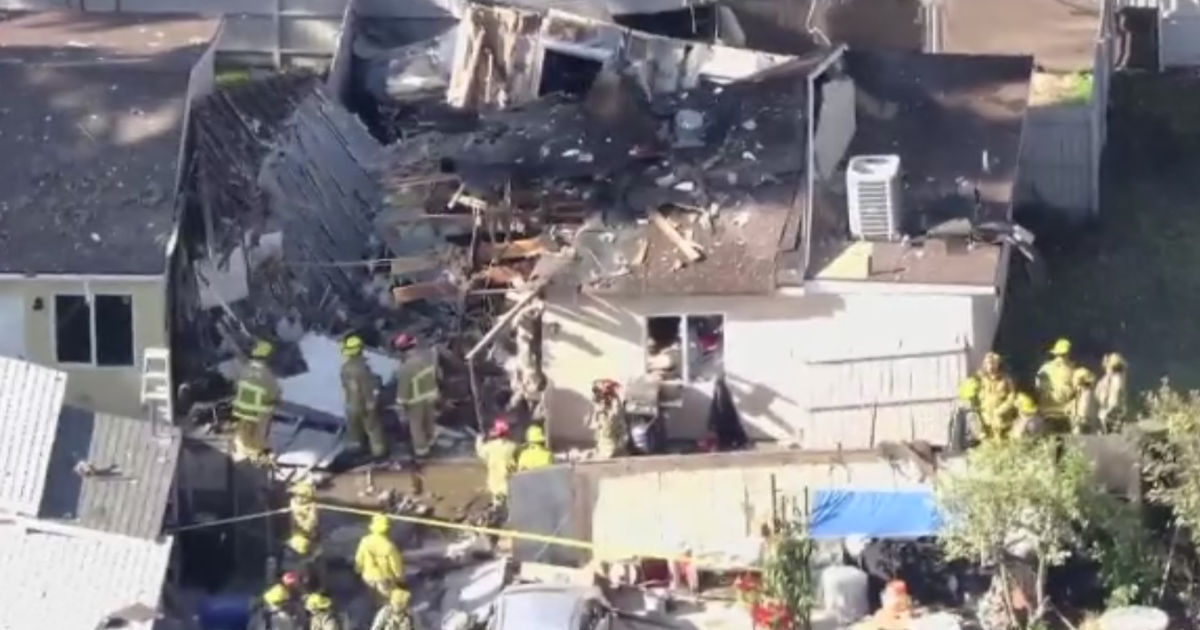Law enforcement officers' death by firearms rising this year, compared to 2021
Thirty-three law enforcement officers died in the line of duty as a result of shootings in the first half of this year, representing an 18% increase in firearms-related fatalities, compared with the first six months of 2021, according to the National Law Enforcement Officers Memorial Fund.
Yet, so far in 2022, overall fatalities among law enforcement officers have fallen by roughly 31%, following last year's record number of line-of-duty deaths. Dropping from the 188 officers killed during the same period last year, a new report by the National Law Enforcement Officers Memorial Fund found the decline is "almost entirely related to a reduction in Covid-19 deaths."
William Alexander, Executive Director of the National Law Enforcement Officers Memorial Fund and former commander of the Prince George's County Police Department summed up the mid-year report as a "mixed bag."
"It's certainly optimistic in terms of the reduction of Covid-19 related deaths. On that front, we've seen a 45% decrease from 98 line-of-duty deaths, this time last year," Alexander told CBS News. "We're hopeful that through some combination of lower infection rates and, more likely than not, increased uptake on vaccines, that number will continue to trend downward."
Fifty-four officers died "as a result of contracting the disease while executing official duties," as of June 30, 2022, according to the report. Although COVID-19 related deaths among law enforcement officers have dipped this year by nearly half, Covid-19 remains the number one cause of law enforcement deaths.
Thursday's report also warns of a "marked increase" in traffic-related crashes so far this year. In the first six months of 2022, 20 officers have died due to traffic-related crashes – a 25% uptick compared to the same time span last year. Fatalities include single-vehicle accidents, vehicle collisions, and motorcycle crashes while working along roadways.
Eleven officers suffered deaths that were categorized as "other," according to the report. Among them, eight officers died from health-related illnesses, such as heart attacks and strokes, while the remaining three officers died as a result of a falling object, fire incident, and an aircraft crash.
Death by firearms marked the second leading cause of death among officers killed on the job. Of those shot and killed, fifteen were killed with a handgun. Nine officers were handling domestic disputes, while six were responding to disturbance calls.
"I think it's indicative of the conditions during those types of calls. It's often volatile and hard for the officers to necessarily gauge what the reaction of the folks on the scene will be both before and during their response," said Alexander. "That seems to be problematic, and it's certainly an increase over prior years."
In addition, three officers were attempting arrest, three were responding to in-progress burglaries and two were ambushed.
Earlier this year, FBI Director Christopher Wray told CBS News' "60 Minutes" that law enforcement officers were "being killed at a rate of almost one every five days."
"Violence against law enforcement in this country is one of the biggest phenomena that I think doesn't get enough attention," Wray said, noting that the problem, in part, is tied to an overall uptick in violent crime.
"Certainly the pandemic didn't help. There's a variety of ways in which that contributed to it," the FBI director continued. "We're seeing more and more juveniles committing violent crime, and that's certainly an issue. We're seeing a certain amount of gun trafficking, interstate gun trafficking. That's part of it. And we're seeing an alarming frequency of some of the worst of the worst getting back out on the streets."
Amid these losses, recruitment and retention remains "a very serious challenge," says Alexander, who hears from agencies across the country that they're having trouble attracting new talent. "It's just an incredibly tough time to be a law enforcement officer," Alexander added. "On top of the very challenging job, add the very real and potentially scary statistics – the number of officers who go to work everyday and some number that don't go home." He paused. "It's just a challenge across the board."
The National Law Enforcement Officers Memorial Fund does not include in their statistics officers who have died by suicide, despite mounting evidence of work-related PTSD among law enforcement.
In March, the Washington's Police and Firefighters' Retirement and Relief Board ruled that Metropolitan Police Officer Jeffrey Smith, who took his own life days after sustaining an injury while working at the Capitol on January 6, should be recognized by the District of Columbia as dying in the line of duty.
For its part, the FBI began collecting information this year for a new database intended to track the growing suicide rate within the nation's law enforcement ranks.
According to the nonprofit organization Blue HELP, 90 officers have died by suicide so far this year. Alexander said there is an "ongoing conversation" about adding the names of those officials to the memorial.
The move would mark a major milestone for families of officers who died by suicide and who continue to fight for their loved ones' service and sacrifice to be recorded and commemorated alongside other fallen officers.
The director told CBS News that most of the messages he receives from family members express gratitude. "[Families] are largely thankful that someone is thinking about their loved ones and memorializing their actions in a way that's positive, not demonizing them or the profession in some sense," Alexander said. "You know, we as a profession have a number of things to atone for, and we are certainly not perfect, but I think the law enforcement profession overall is a force for good. That's why people are thankful for the memorial and its fund."






